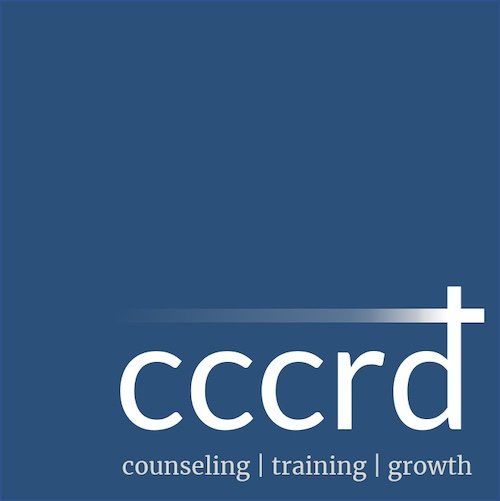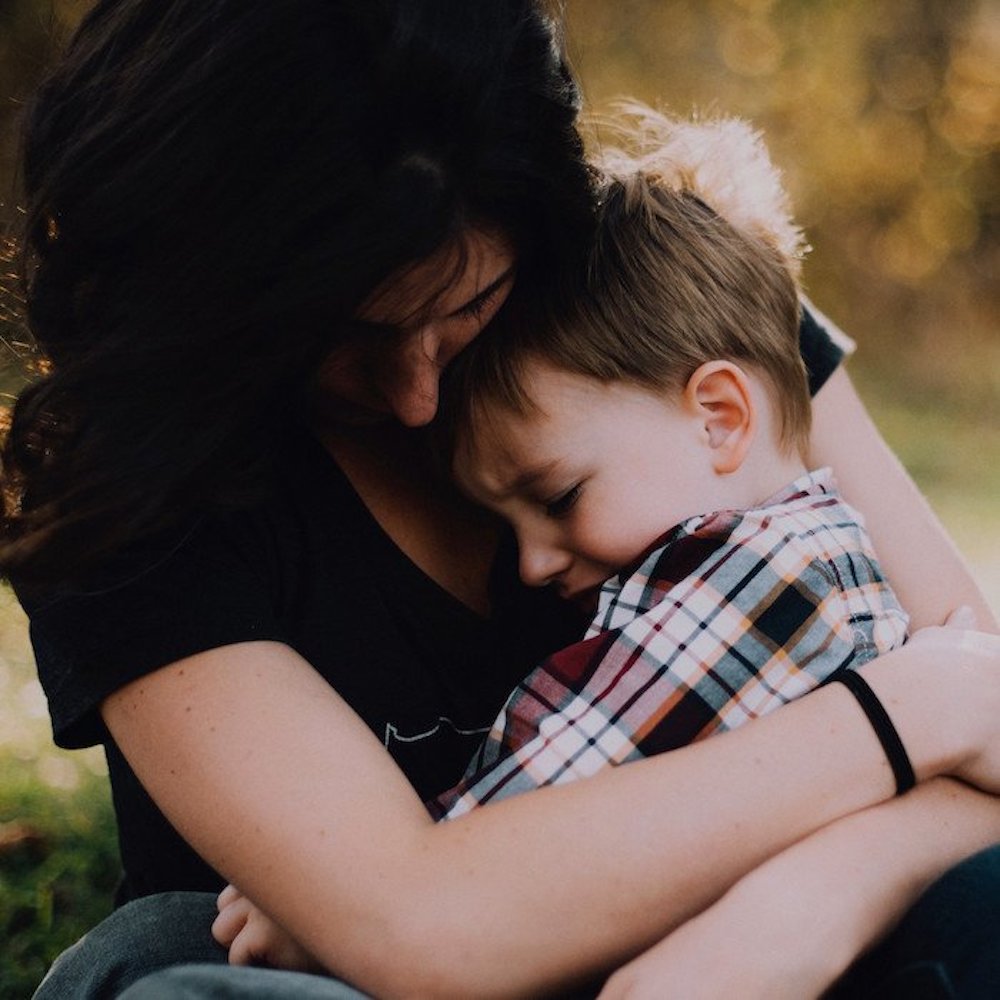How Early Childhood Impacts Adult Relationships
Emotion-focused therapy (EFT) is a type of counseling that focuses on emotional connection as a healing agent. When used in couple counseling, therapists seek to establish a secure connection that brings the couple closer together where they mutually see the other as a safe haven. This process utilizes the theoretical framework called “attachment theory.”
In order to understand how EFT works, let’s look at the basics of attachment theory—and how attachment styles learned in early childhood can impact our relationships in the future.
Attachment Theory: The Basics
Attachment theory began with the work of psychoanalyst John Bowlby. In 1958, Bowlby set out to understand why some infants in his care experienced intense distress when separated from their mothers. He came to the conclusion that a child’s earliest relationship with their primary caregiver played a major role in their social, emotional, and cognitive development. He also observed a link between infants’ separation from their mothers in orphanages to maladjustment in adulthood.
In essence, Bowlby’s research theorized that infants’ innate drive to seek closeness to a caregiver is an adaptive survival strategy. Dependent on others to meet their basic needs, infants ensure their survival by reaching out for attention—or finding secure attachment.
Psychologist Mary Ainsworth built on this theory by putting it to the test in what is known as the “Strange Situation.” The experiment looked at how infants reacted to their mother leaving the room and returning and also how they reacted to a stranger attempting to comfort them when their mother was out of the room. From this, Ainsworth observed several different patterns and categorized them by the infant’s distress and attempts (or lack thereof) to rejoin their mother. This laid a theoretical foundation for different styles of attachment.
Attachment in Couple Counseling
From a developmental standpoint, it was well established that separation from the primary caregiver was detrimental to a growing child, but what does this look like in adulthood?
In the 1980s, Dr. Sue Johnson applied the premises of attachment theory to couples in the therapy setting. She found that adults, like infants, also have an innate need for connection with others. In adulthood, close relationships can provide the emotional connection and security that afford resiliency and foster a positive sense of self. In a marriage where each person is accessible, responsive, and emotionally engaged with the other, both are able to rely on the other, which is known as a secure base or “safe haven.” Both partners are in tune with their own and the other’s needs and are comfortable expressing them. While this is the ideal of EFT, many couples seek therapy when their relationship is experiencing a crisis, and it feels anything but safe.
The Adult Attachment Styles
When couples are securely attached, they seek each other out and easily communicate their needs, which makes for a close, stable, and satisfying relationship. When couples are not securely attached, often it’s because they are interacting (and reacting) out of fear, insecurities, and self-protective strategies. These strategies might have made sense as a child, but in adult relationships, they inhibit connection with others.
The four main attachment styles are secure, anxious, dismissive-avoidant, and fearful-avoidant. Often, the mismatch of these types in couples sets up a dynamic where each partner has a different strategy that triggers the insecurities or self-protective behaviors of the other.
Remember the dance? Strategies for attachment often create that repeating cycle of engagement where couples get stuck. Helping couples become aware of their dance and the strategies they use is an important focus of the EFT therapist’s job. Individuals learn to access and name their emotions and become attuned to their partner’s as well. Through this process, they learn the language to tell their partner what they need and offer acceptance and compassion for the other’s needs. Secure attachment can be earned by making these practices a habit and continually seeking connection with each other.
Fixed or Flexible?
While we can’t change our past and the situations that shaped our attachment styles, we can absolutely move closer toward secure attachments in our relationships. For some, this means repairing the connection after a heated argument instead of sleeping on the couch and “forgetting about it” the next day. For others, this might mean calming yourself before accusing your partner of cheating when they were due home two hours ago and they aren’t picking up their phone.
Just like learning a sport or riding a bike, practice, and repetition of healthy new habits will one day make secure behaviors second nature. An EFT therapist's hope is that practicing security leads to a healthy, securely attached relationship that can weather life's troubles as they come.

